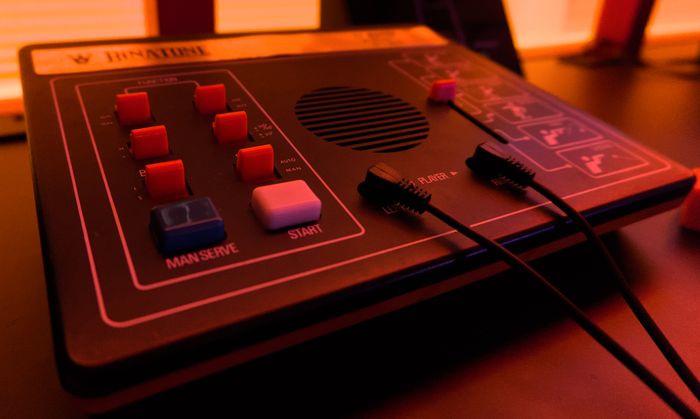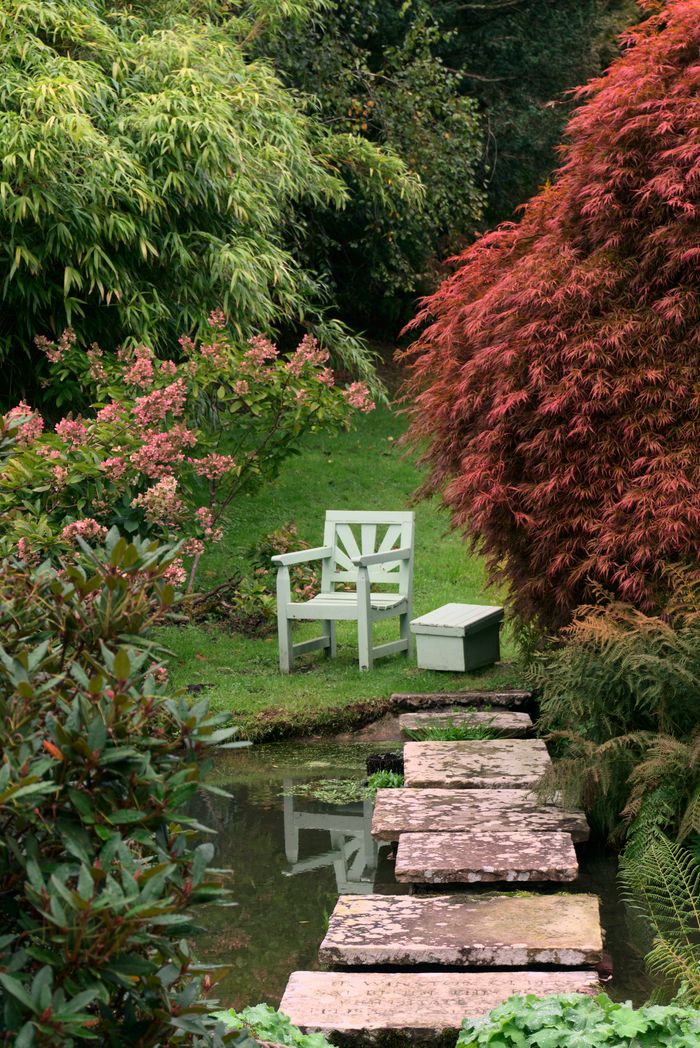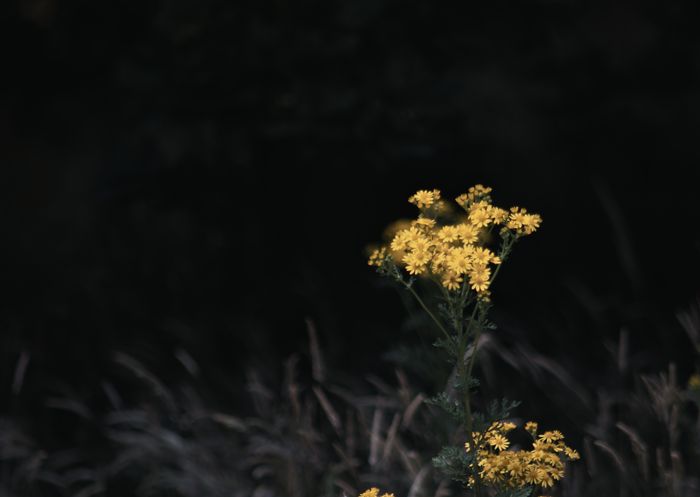Nymans Photos


Below are some musings on

In this post, I am going to work through HTML images from first principals. I will work up from <img> to srcset, sizes, <picture>, <source>, <figure> and <figcaption>.
I bought some cheap macro extension tubes to have a bit of an experiment. The below are all with it attached to my Sony FE 50mm 1.8 lens.

Our team has a standup every morning on Microsoft Teams and there is always an awkward 30 seconds at the start as we work out who will be sharing the kanban board and acting as the ceremony lead. Therefore, I created a simple PowerAutomate flow to do that for us.
Our monorepo contains many files, and whilst integrating Sonarcloud it was taking in excess of 15 minutes to scan the whole repo. I needed to speed this up as it would be an unacceptable time to wait for developers using our platform.

Today I went to the Power Up exhibit at the London science museum, which has hundreds of game consoles, spanning all the way from the 1980s to current generation. All of them were playable.


I challenged myself to use only 2 lenses for these set of photos, both vintage lenses made in the USSR: Helios 44-m and 16KP.



I wanted to learn about the new wave of "AI" image generation, particularly Stable Diffusion and how to create a LoRA (low-ranking adaptation) which would allow me to add training data to the model. I thought an excellent approach to this would be to train a LoRA based on my face in order to generate a professional looking headshot of myself for use on LinkedIn etc.
I recently needed to capture a 24 hour timelapse video of my back garden in order to plot the sun and resulting shade throughout the day in order to inform a decision on how best to landscape the garden.

I bought a lens made in the USSR for a projector and attached it to my camera.

Today, I walked around London Bridge area, and attempted a style of photography I haven't tried before: street photography.

Today I bought an M42 to e-mount (Sony) adapter and took out an old Prinzflex 200mm lens for some test shots.


This blog is created using the wonderful static site generator 11ty. I wanted to add a single page which would show a gallery of all the photos posted in all of the posts on the site.
I keep daily notes in a Markdown file, and I need to make sure I can add entries to those notes as quickly as possible in order to avoid disturbing the flow of the task I am working on.


A few photos taken over a couple of days in the southern English seaside town of Bognor Regis.

It is very popular at the moment in some circles online to show off one's personal note-taking process/system. This generally revolves around Obsidian and a very convoluted set of plugins and/or templates.
If a Web Browser was aware of it's user's email account (and how to use the account to send email), then contact forms on the internet would be lot better.
I have started down a thought experiment, comparing "AI" systems to physical engines like the internal combustion engine, fusion/fission reactors, and eventually to perpetual motion machines.
I want to be able to use Application Passwords with my local network Wordpress installation that was using the official Docker image. There doesn't seem to be a huge amount online about how to do this so I thought I would post the solution that worked for me:
Wouldn't it be great to have ChatGPT auto-reply to some of your WhatsApp messages on your behalf? Well with a combination of the (unofficial) WhatsApp client library and OpenAI client library we can.
The for_each instruction in Terraform allows you to loop a resource or module over a set to create multiple instances. For instance, if you were to do:
Pair programming is difficult to practice effectively. Unfortunately, the inverse is also true: pair programming is easy to practice ineffectively. It is a learnt skill which is hard to pick up. I have tried to articulate some advice below for both the Driver and Navigator roles:
I find myself periodically going on the hunt for a new domain name every few years, and having just completed that same search again, I thought I would write up some thoughts about the process.
There are various tools that either wrap crontab, or offer alternatives to it. All I wanted though, was a simple solution to have my scheduled tasks defined as code (checked into a git repo) so that the tasks are reproducible and idempotent, just as Terraform is for IaaS.
My second attempt at flying my little FPV drone. Quite happy with the stability I was finally able to achieve with it. There is also a rather brave attempt to actually fly this in the woods!
For my home server, I have a number of docker-compose.yml files, one for each application I run, in a sub-directory. I wanted a way to automatically do a docker-compose up -d for all of the applications at once, so that I don't have to cd into each directory in turn.
Typescript allows for an excellent language feature called Method Decorators. They are similar to annotations in Java and can be used to wrap or edit existing methods with new functionality. Below is an example of using Decorators to add some common functionality to endpoints, including authentication, validation and error handling.
My wife and I wanted to start tracking and visualising our baby's sleeping and feeding schedule to help us understand the rhythms from a day-to-day basis. There are multiple apps to do that and seemingly the most popular one is Huckleberry but at $15 per month, I thought I could make something quick and simple to allow us to get the data we needed.
When hosting services from your home, you will want to use a Dynamic DNS (DDNS) entry in order to map your ever-changing IP address to a hostname you can use to access those services. For instance, home-server.mydomain.com will point to your IPv4 (or IPv6) address. There are providers noip and Duck DNS, but below is a method to use an Azure DNS zone and a script to update the IP on a regular basis. We will do this using Terraform and Docker containers.
This is my first attempt at flying my Beta85X V2 with an action cam strapped on top. It involves no small amount of crashing as well as almost getting stuck in a very tall tree, but it survived and made it home to fly another day.
Let's start this post by saying that everything below is unnecessary. The outcome from this is exactly what GitHub Pages gives you for (completely) free. Hosting in Azure comes with a very small cost (pricing explained below), but the point of this is to learn about Azure, Terraform and GitHub Actions in the process of hosting a small, static website whilst keeping the costs very low.
As a gift, I received a Raspberry Pi Zero Pirate AudioMini HAT. I got it all set up with Mopidy but I wanted to have it displayed nicely on my desk so that I could easily glance over and see the current song/artists, as well as easily access the next/previous buttons.
Because why wouldn't you want an MQTT controlled, automated lamp with the ability to play music? I can see I don't need to sell you on this idea any more, so let's get right in with what you need:
I am not sure how useful this pattern is, but it has some interesting effects, especially when sharing code between projects. So let me give you a brief description of it and you can see where to apply it.
I have recently started using Chezmoi to manage my dotfiles (and various other pieces software config) across multiple machines. The distribution is done via a git repo and therefore we should not check in secrets such as the private part of the SSH key. Using Bitwarden, we can store the key in a Secure Note and retrieve on the other machines.
I recently had to write a Javascript library which was going to be used in multiple different contexts by lots of different people. The purpose of the library was to supply a stream of updating values. Internally to the library, RxJS is used as it excellently models streams of updating values. However, the interface to the library should not expose the inner workings.
There is a very easy to use and simple pattern that can be used whilst importing files in Typescript. The main advantage of using this pattern is to increase the readability and scan-ability of code. And that pattern is import * as ...
As part of renovations on our house, we wanted to explore the possibility of extending into the loft. Unfortunately the roof on our house was an odd shape with many different parts and ridges.


In 2014, Google announced a new design language, called Material Design, which it put forward as the newest iteration of standard for interaction on mobile devices. At the time, it was in a very early form, the details were quite sparse and there were no apps "in the wild" which used it. My plan was to follow the standards and rules as closely as possible and create some very basic apps and release them. The 2 apps that I ended up creating are detailed below:
Between 13th May 2011 and 9 Jul 2012, I created and posted videos on my own, small gaming YouTube channel.
These are some other miscellaneous videos, which don't really fit into a category of their own. These are just things I was trying out, experiments to see what I could create.
Around this time on the web, 5secondfilms.com was popular, and I thought it was a neat concept to create a few Minecraft-flavoured versions of these.
As a follow on to Minecraft 28 Weeks Later, I wanted to have another large project.
After doing a few, simple Let's Play type videos in Minecraft, I wanted a larger project. I had this idea to re-create the first few minutes of the film "28 Weeks Later" within Minecraft.
Alongside Minecraft, I was also playing a couple of FPS games.
I attempted some review-style videos of games as well, as that was happening a lot at the time as well.
"Let's Play" style videos were starting to get popular around this time, especially for Minecraft, and so when I first started the channel I created some of the same.
Back in 2001, when I was 11 years old, my dad bought a website domain for me to use.